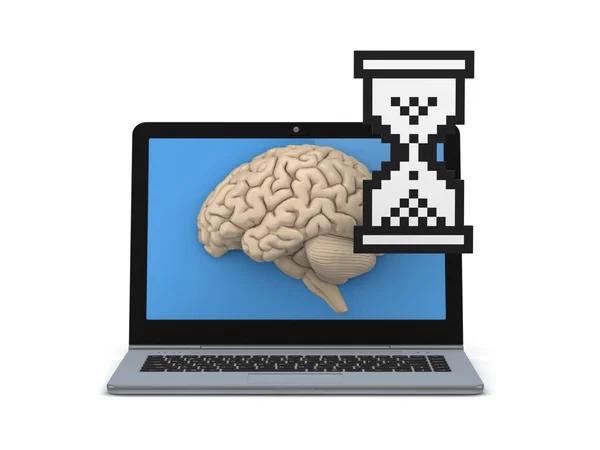Neural networks, or artificial intelligence (AI) systems, are designed to mimic human cognition and learn patterns in data. They have the potential to revolutionize industries from healthcare to finance by making predictions and decisions with superhuman accuracy. However, they can also lie or produce misleading results, which could have serious implications.
The term “lying” may seem odd when talking about AI as it implies a level of consciousness that these machines do not possess. But in this context, lying refers to instances where the neural network produces incorrect or misleading outputs due to several reasons such as biased training data, overfitting, underfitting or flawed algorithms.
One common reason neural network for images‘s false output is bias in its training data. If the data used to train the AI system contains prejudices or inaccuracies, then the system will likely replicate those biases in its predictions. For example, if an AI system trained on historical hiring data might inadvertently learn and perpetuate existing biases against certain demographic groups.
Another reason why a neural network might ‘lie’ is overfitting – when a model learns too much from its training data and fails to generalize well to new situations. This typically happens when the model is overly complicated relative to the amount of available training data. The result can be an AI that makes wildly inaccurate predictions because it’s essentially trying too hard to find patterns that aren’t there.
Underfitting occurs when a model doesn’t learn enough from its training data and oversimplifies reality. This usually happens with an overly simple model or insufficiently diverse training dataset leading it into producing inaccurate results because it’s unable to capture all relevant factors influencing outcomes.
Flawed algorithms can also lead neural networks astray by introducing errors during computation process resulting in wrong outputs despite having correct inputs.
When a neural network lies – intentionally or unintentionally – consequences can range from minor inconveniences like faulty product recommendations on e-commerce websites; through more serious issues such as misdiagnosis in healthcare AI systems, to potentially life-threatening mistakes like self-driving cars failing to recognize a stop sign.
To prevent neural networks from lying, it’s crucial that we invest time and resources into ensuring the quality of training data, designing robust models that can generalize well, and continually testing and refining our algorithms. Regular audits of AI systems are also important to identify any biases or inaccuracies they may be perpetuating.
In conclusion, while neural networks have great potential to revolutionize many aspects of our lives, their capacity for error – or ‘lying’ – needs careful management. By understanding why these errors occur and taking steps to mitigate them, we can harness the power of AI while minimizing its risks.




